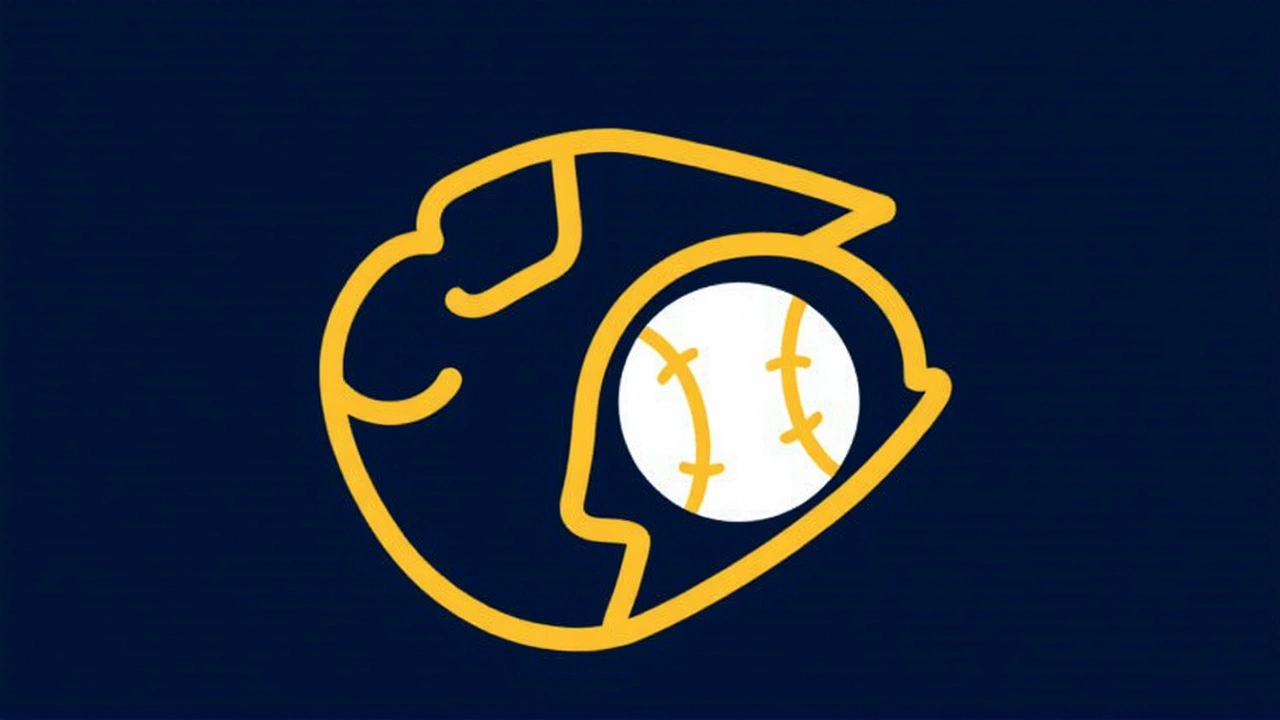Cubs silenced the Milwaukee Brewers with a perfect‑shutout, 6‑0, in Game 4 of the National League Division Series on October 9, 2025. The decisive showdown unfolded under the lights of Wrigley Field in Chicago, Illinois, at 7:05 PM Central Time, and lasted just 2 hours 47 minutes. By stifling Milwaukee’s offense and delivering timely hits, the Cubs forced a winner‑take‑all Game 5, evening the series at two games apiece.
Series Context and Stakes
The NLDS began with the Brewers roaring to a 9‑3 victory on October 4 at American Family Field. After a mysterious Game 2 that the Brewers also clinched, the Cubs faced an uphill battle, needing to win three straight to stay alive. A dramatic 4‑3 win in Game 3, highlighted by a two‑run single from Pete Crow‑Armstrong, kept Chicago’s hopes burning.
Pitching Duel: Boyd vs. Peralta
Chicago’s left‑hander Matthew Boyd, 34, made his debut on the mound with a four‑inning stretch that yielded just two hits and three strikeouts. Boyd, a Hackensack, New Jersey native who signed a three‑year, $36 million deal in December 2022, kept the Brewers’ lineup guessing with a mix of sinkers and sliders.
Milwaukee countered with right‑hander Freddy Peralta, 28, a Dominican Republic native who inked a five‑year, $91 million extension in February 2024. Peralta lasted 4.1 innings, surrendering five hits, four earned runs, and walking none before being peeled for Trevor Megill. Megill, a 30‑year‑old All‑Star reliever from Edina, Minnesota, entered in the fifth with the Cubs already up 4‑0.
Offensive Explosion: Double Steals and Key Hits
The Cubs’ offense sprang to life in the fifth. After Megill walked rookie first baseman Matt Shaw, 23, a series‑wide record‑setter with five walks, Nico Hoerner rippled a single to right, moving Shaw into scoring position. A quick‑change pitching shift brought in left‑hander Aaron Ashby, 26, who, despite inheriting two runners, witnessed a textbook double steal.
Right fielder Seiya Suzuki, 29, from Kagoshima, Japan, and left fielder Ian Happ, 31, of Pittsburgh, Pennsylvania, scrambled from first and second to third and home on a single to center field. The play energized the crowd and set the stage for the final run.
The crowning moment arrived when Pete Crow‑Armstrong sliced a line drive to deep left, allowing Suzuki to sprint home for the sixth run. The final tally: six runs on nine hits, zero errors.
Defensive Mastery and Brewers’ Struggles
Milwaukee managed just three hits and one walk, striking out eight Cubs batters. Peralta’s early wobble forced the Brewers’ bullpen into a marathon that never materialized. Even after Megill’s brief appearance, the Brewers could not generate momentum, and Ashby’s stint kept the pressure high.
Looking Ahead: Game 5 at American Family Field
The series reset for a decisive Game 5 on Saturday, October 11, back at American Family Field. The Brewers leaned on rookie right‑hander Jacob Misiorowski, 22, of Downers Grove, Illinois. Misiorowski, who dazzled the regular season with a record‑setting fastball, shocked analysts by dialing back his fastball usage to 31.5% and peppering the Cubs with 23 sliders and 14 curveballs. He still managed three 100 + mph pitches, three of them over 101 mph, but kept the Cubs to a single run over four innings.
Chicago’s hopes now hinge on whether Boyd can rebound or if another arm from the rotation can match the dominance shown in Game 4. Meanwhile, Brewers manager Craig Counsell (not marked again as a primary entity) will likely keep Misiorowski on short‑rest, trusting his newfound off‑speed repertoire.
Historical Significance
This Game 4 win marked the Cubs’ first postseason home victory since October 22, 2016, when they blanked the Los Angeles Dodgers 5‑0 in NLCS Game 6. The rare shutout in a winner‑take‑all scenario underscores Chicago’s resurgence under the leadership of General Manager Jed Hoyer (not a primary entity) and manager David Ross (not a primary entity).
Expert Take
Baseball analyst Keith Law (not a primary entity) noted, “The Cubs’ ability to combine small‑ball tactics, like the double steal, with power hitting is a recipe for postseason success. If Boyd can come back strong and the bullpen holds, Milwaukee’s chances shrink dramatically.”
Frequently Asked Questions
How does this Game 4 win affect the Cubs’ chances in the NLDS?
The shutout forces a decisive Game 5, resetting the series to a 2‑2 tie. Historically, teams that win a defensive battle at home often carry momentum into the final game, giving Chicago a statistical edge.
What adjustments did Jacob Misiorowski make for Game 5?
Misiorowski reduced his fastball usage from over 46% during the regular season to just 31.5% in Game 5, favoring sliders (23) and curveballs (14) to disrupt the Cubs’ timing. The change yielded only one run over four innings.
Why was the double steal significant in the fifth inning?
The play turned a one‑run lead into a three‑run cushion without a hit, showcasing the Cubs’ aggressive base‑running. It also forced the Brewers to bring in a reliever earlier than planned, limiting their bullpen options for the remainder of the game.
Who were the standout performers for the Cubs in Game 4?
Matthew Boyd’s four solid innings set the tone, while Pete Crow‑Armstrong’s game‑winning RBI single capped the offensive rally. Nico Hoerner’s timely hit and the double‑steal duo of Seiya Suzuki and Ian Happ also earned praise.
What does this series mean for the Brewers moving forward?
A win in Game 5 propels Milwaukee to the NLCS, validating their early‑series dominance. However, a loss would end a campaign that began with a high‑octane offense but faltered against Chicago’s pitching depth.
